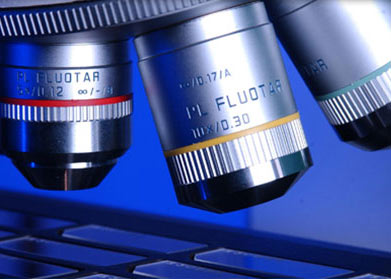 In total some 434 homes were identified with high levels of the cancer-causing gas Radon, over the past 1.5 years. These new figures have been released by the Radiological Protection Institute of Ireland (RPII).
In total some 434 homes were identified with high levels of the cancer-causing gas Radon, over the past 1.5 years. These new figures have been released by the Radiological Protection Institute of Ireland (RPII).
Radon is a radioactive, colourless, odourless, tasteless gas, occurring naturally as an indirect decay product of Uranium or Thorium and is regarded as the second biggest cause of lung cancer and directly linked to more than 200 lung cancer deaths here in Ireland each year.
Radon gas enters a home through the lowest level in a house, which comes in contact with open ground. A typical entry point for radon into homes are; cracks in solid foundations, construction joints, cracks in walls, gaps in suspended floors, gaps around service pipes, cavities inside walls, and through entry areas accessing your water supply. The concentration in one room of a building may be therefore significantly different than the concentration in an adjoining room.
Over 39 homes tested in Ireland had radon levels of between 4 and 10 times the acceptable level and these were located in Galway (15), Wexford (6), Kerry (4), Sligo (4), Cork (2), Wicklow (2), Clare (1), Limerick (1), Louth (1), Mayo (1), Tipperary (1) and Waterford (1).
Some 384 other homes had radon levels up to 4 times the acceptable level and were found, as predicted, in known ‘High Radon Areas,’ throughout the Irish Republic.
Measuring for radon and fixing the problem are regarded as easy to correct. To test for radon, one radon detector is placed in a bedroom and a second in a living room for a three-month period with the detectors then sent by post for analysis. The RPII and a number of private companies provide a radon measurement service at a cost of around €50 depending on which measurement company is chosen. In a worst case scenario remedial work can cost around €850 with annual running costs of approximately €100, however simply improving indoor ventilation may solve the problem.
To view Thurles, which is not regarded as a ‘High Radon Area,’ go to the interactive map made available on the RPII’s website at www.rpii.ie.
Further information can also be obtained by phoning Freefone 1800 300 600.

Leave a Reply